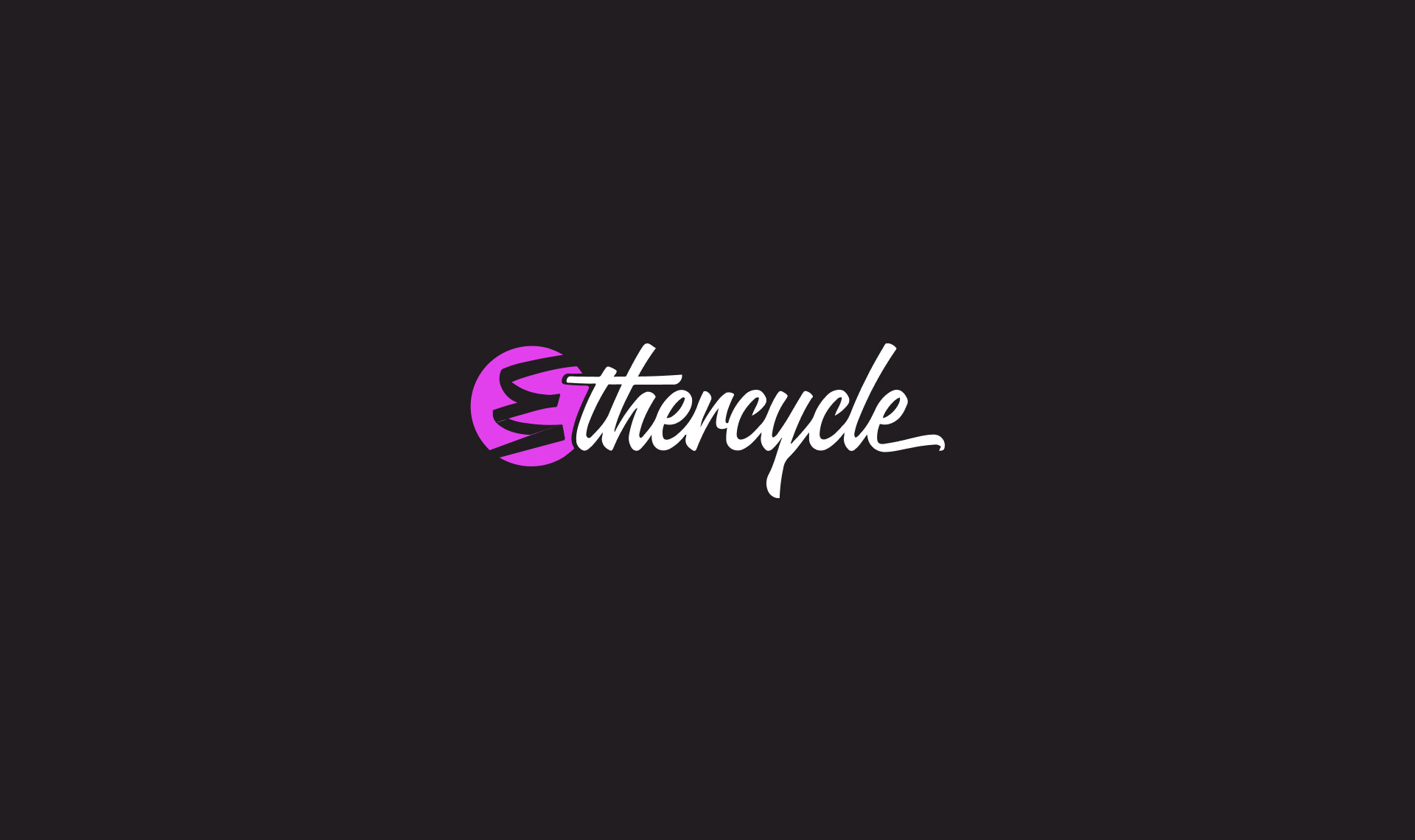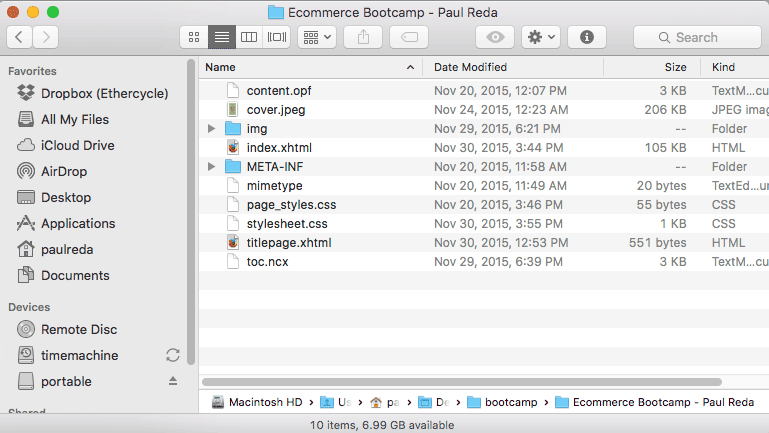
Smart marketers know that the first sale is the only beginning of a relationship with a customer.
If your marketing stops after the first sale, you are leaving money on the table.
Moreover, while there're lots of ways to extend that the lifetime value of a customer, there's one thing you should be doing first.
Upgrade your order confirmation emails!
A typical email open rate is 20%, and even in my best campaigns, I get an average of 55%.
But order confirmation emails? Those consistently get opened three out of four times.

Using MailChimp’s email marketing benchmarks, we’ve discovered our open rates are 4x higher than common email rates (for eCommerce as an industry).
Source: Receiptful
And yet the majority of Shopify store owners don't do anything with them. They never update them from the Shopify default template.
Get Personal
I want you to rewrite your order confirmation emails. Put them in your own voice, make them personal, and make them come from you as the store owner. Sign them. Own them. It's an easy way to start building a personal relationship between you and your customers. The easiest way to do this? Thank them.
This one modification alone will improve customer experience because they're getting a personal thank you from their new friend, instead of a transactional email from a brand.
Plain-text: Keep It Simple
Don't worry about crazy visuals and HTML email. Those things are fine, but it's not how you'd write an email to a friend. You'd write an email to a friend in plain-text, right?
After you've made your connection and thanked them, you can put your money where your mouth is by offering your customers something to show your gratitude (and hopefully get a second sale before the first item has even been delivered.)
The Upsell
Offer a 10% discount on their next purchase and suggest a few best-sellers. This combo removes all friction, and it's being offered at an incredibly relevant time: directly after the first order!
I'd also experiment with offering free or upgraded shipping coupons, product bundles, and limited time offers.
Going Social
Then lastly, get them involved with their community. If you have an active social media presence, pick your single most dominant channel, and invite them to *post* their new purchase. This level of micro-engagement is so much more important than just following you in yet another place.
I'd offer this as a PostScript, and in an ideal world, it's a stepping stone to user generated content, engagement, and word of mouth marketing. In my experience, it's harder to get people to post about your product than it is to get them to buy it, but it's potentially worth even more sales down the road.
What are you waiting for?
What are you doing or planning on doing with your transactional emails? I'd love to hear, share your thoughts or questions with me.


